Anime Bondage Girls
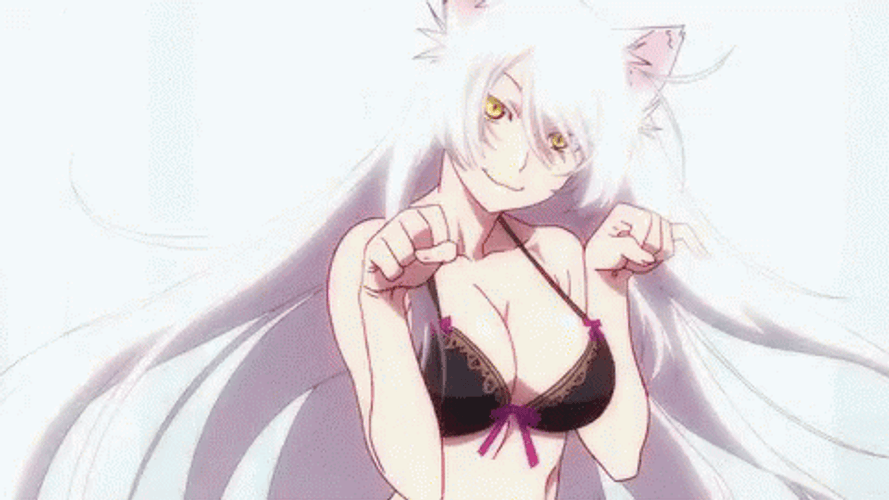
introduction
Anime bondage girls refer to female characters depicted in the art form of anime or manga who are shown in various forms of bondage. This artistic genre explores themes of power dynamics, submission, and control, often with a focus on visual aesthetics. The depictions range from playful and consensual to more intense and explicit scenes. Anime bondage girls have gained popularity among fans of anime, manga, and erotic art due to their unique visual style and the exploration of taboo themes. The genre has also sparked discussions about censorship, artistic expression, and the boundaries of sexual representation in media.
Firstly, anime and manga have a long history of pushing artistic boundaries and exploring diverse themes, including those of a sexual nature. Anime bondage allows artists and creators to delve into taboo topics and explore power dynamics and fantasies that may not be feasible or socially acceptable in real-life scenarios.
Secondly, anime and manga offer a unique visual style that can enhance the allure and appeal of bondage scenes. The exaggerated and stylized character designs, along with vibrant colors and intricate details, create visually captivating and aesthetically pleasing imagery.
Additionally, the element of fantasy plays a significant role in the appeal of anime bondage. Many fans are drawn to the escapism and imaginative aspects of anime and manga, and bondage themes provide an opportunity to explore fantasies and desires in a safe and controlled fictional world.
Furthermore, anime bondage can also be seen as a form of artistic expression and creativity. Artists and creators use bondage as a means to convey emotions, explore character development, and add depth to storytelling. It allows for the exploration of power dynamics, trust, vulnerability, and intimacy in ways that can be both titillating and thought-provoking.
It is important to note that the appeal of anime bondage is subjective and varies from person to person. Some individuals are drawn to the aesthetic and visual aspects, while others may find the exploration of power dynamics and the psychological aspects intriguing. The appeal also extends beyond sexual gratification and can be appreciated for its artistic merit, storytelling, and the unique cultural context of anime and manga.
Ultimately, the popularity of anime bondage within anime and manga culture can be attributed to its ability to offer a combination of visually captivating imagery, exploration of taboo themes, and the opportunity for fans to engage with their fantasies and desires in a fictional realm.
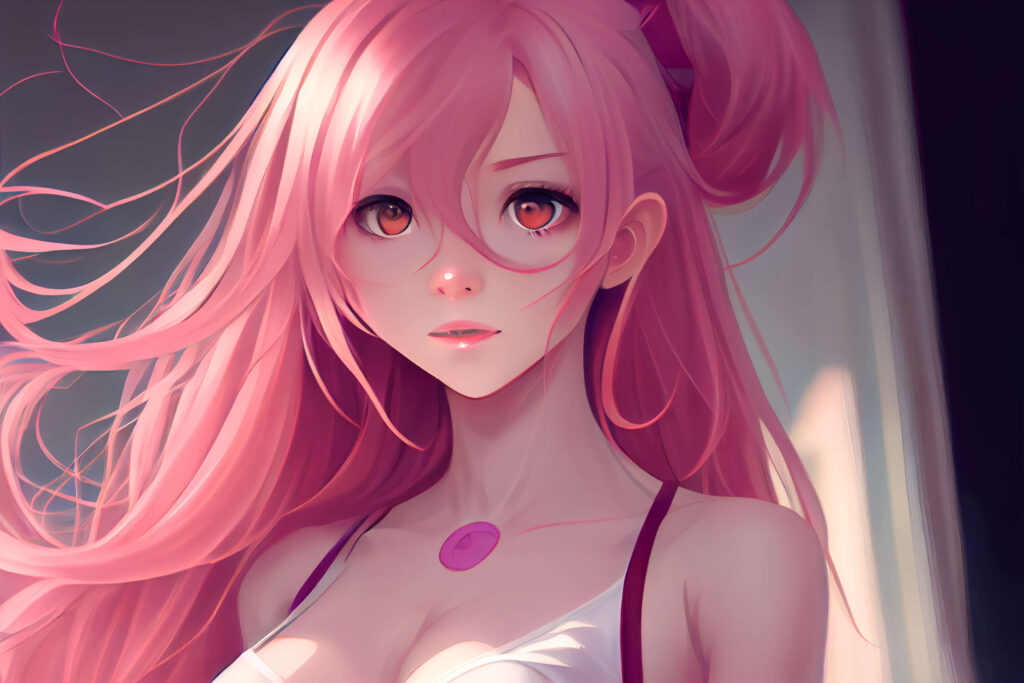
Define what anime bondage is and how it differs from other forms of bondage.
Anime bondage refers to the depiction of bondage and BDSM (Bondage, Discipline, Dominance, Submission, Sadism, and Masochism) themes in anime and manga, which are forms of Japanese animation and comics, respectively. It involves the portrayal of characters, often in fictional and fantasy settings, engaged in various bondage practices, such as being tied up, restrained, or subjected to power dynamics.
Anime bondage differs from other forms of bondage in several ways. Firstly, it is a visual representation of bondage within the context of animated or illustrated media. This allows for creative and artistic interpretations of bondage scenes, as artists have the freedom to exaggerate proportions, use vibrant colors, and incorporate fantastical elements that may not be possible in reality.
Secondly, anime bondage often exists within the larger framework of anime and manga storytelling. It may be part of character development, plotlines, or themes explored in the narrative. This integration into the larger fictional world can provide additional layers of meaning and context to the bondage scenes.
Furthermore, anime bondage can be influenced by Japanese culture, aesthetics, and societal norms. It may incorporate elements of Japanese rope bondage, known as shibari or kinbaku, which emphasize intricate rope patterns and aesthetic beauty. Additionally, cultural nuances and tropes specific to anime and manga, such as the portrayal of submissive or dominant character archetypes, can shape the depiction of bondage scenes.
It’s important to note that anime bondage, like any form of media, exists on a spectrum ranging from light and consensual depictions to more explicit and non-consensual themes. It is essential to differentiate between fictional representations and real-world practices, as consent, safety, and ethical considerations are paramount in any real-life BDSM activities.
Overall, anime bondage is a distinct form of bondage that combines the artistic and imaginative elements of anime and manga with the exploration of power dynamics, aesthetics, and fantasy. It offers a unique perspective and creative expression within the broader world of bondage and BDSM.
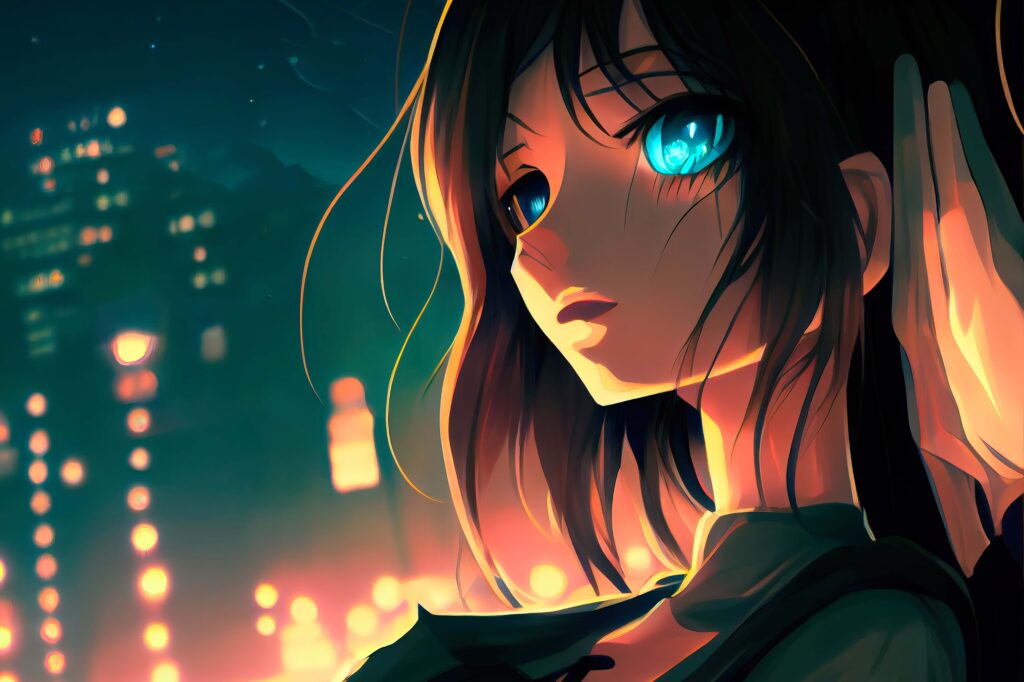
Discuss the artistic and creative aspects of anime bondage, including the visual style and representation of characters.
The artistic and creative aspects of anime bondage play a significant role in shaping its visual style and the representation of characters. Anime and manga, as forms of visual media, offer a wide range of artistic techniques, storytelling devices, and character designs that contribute to the uniqueness of anime bondage.
One notable aspect is the visual style employed in anime and manga. These mediums often feature distinct art styles characterized by large, expressive eyes, exaggerated facial expressions, and dynamic poses. This style allows artists to convey emotions, reactions, and intensity effectively, which can enhance the impact of bondage scenes. The use of vibrant colors, intricate linework, and detailed backgrounds further adds to the overall aesthetic appeal.
In anime bondage, character designs are crucial as they define the appearance, personality, and role of each character within the narrative. Characters may be portrayed with various physical attributes, such as specific body proportions, hairstyles, and clothing choices, which contribute to their overall appeal and appeal to specific fetishes or preferences. These designs can range from cute and innocent to more provocative or fetishistic, depending on the artistic intent and target audience.
The portrayal of bondage scenes in anime and manga allows for creative and imaginative interpretations. Artists have the freedom to experiment with different bondage techniques, positions, and props, often incorporating elements of fantasy, such as magical restraints or futuristic devices. The focus on aesthetics and the visual medium enables artists to emphasize the beauty of bondage through intricate rope patterns, detailed knots, and the juxtaposition of contrasting elements like vulnerability and strength.
Additionally, anime bondage often utilizes symbolism and metaphors to convey deeper meanings or themes. The use of bondage imagery may represent power dynamics, dominance and submission, control, liberation, or even psychological and emotional states. These artistic choices can provide a more nuanced understanding of the characters and their relationships, beyond the physical aspects of bondage.
It’s important to recognize that the artistic and creative aspects of anime bondage should be approached with an understanding of the fictional nature of the medium. While the visuals and aesthetics may be captivating, it is essential to distinguish between fantasy depictions and real-life practices. Consent, safety, and respect for boundaries should always be prioritized in any exploration of BDSM activities, whether real or fictional.
In summary, the artistic and creative aspects of anime bondage contribute to its visual style, character representation, and the overall aesthetic appeal. Through unique art styles, imaginative bondage designs, and symbolic storytelling, anime and manga offer a distinctive platform for exploring the artistic possibilities and creative expressions within the realm of bondage.
Depictions in Anime and Manga:
Anime bondage has found its place in various anime and manga series, often catering to specific audiences with diverse interests and fetishes. While not all series feature explicit bondage scenes, there are notable examples where bondage elements are prevalent, adding an extra layer of intrigue and appeal to the narrative.
One popular genre that frequently incorporates bondage themes is hentai, which is known for its explicit sexual content. Hentai titles like “Bondage Game,” “Sailor and the Seven Ballz,” and “Bible Black” explore bondage as a central aspect of their narratives, presenting a range of scenes that delve into power dynamics, dominance, and submission.
Outside of hentai, mainstream anime and manga series occasionally feature bondage elements, though they may be less explicit. For example, in “Kill la Kill”, the character Satsuki Kiryuin is seen wearing a revealing bondage-inspired outfit, symbolizing her authoritative and dominant role. In “Fate/stay night: Unlimited Blade Works,” the character Rin Tohsaka’s magical connection with her servant Archer is depicted through a binding spell, highlighting their intertwined destiny and shared power.
In the series “Elfen Lied,” the character Lucy is restrained in chains and bondage-like restraints, emphasizing her status as a dangerous and controlled entity. The scenes involving bondage in this series contribute to the dark and psychologically complex themes explored throughout the story.
It’s worth noting that anime and manga series that explore bondage themes vary in their approach and level of explicitness. Some focus on the psychological aspects of bondage, delving into power dynamics and character development, while others lean more towards the fetishistic and erotic elements.
While anime and manga series with explicit bondage content are typically categorized as adult-oriented or intended for mature audiences, there are also examples of more light-hearted series that playfully incorporate bondage themes. These series may utilize comedic elements or present bondage as a form of playful exploration within romantic or comedic contexts.
It is important to remember that the prevalence of anime bondage varies across different series and genres. Not all anime and manga explore this theme, and individual preferences and interests within the fandom may differ. As with any form of media, it is essential to approach these depictions with an understanding of their fictional nature and to respect the boundaries and consent of real-life individuals.
Overall, the prevalence of anime bondage in various anime and manga series reflects the diverse interests and fetishes within the fandom. Whether explicitly or subtly portrayed, these elements add depth, intrigue, and a unique flavor to the narratives, catering to specific audiences and exploring various themes related to power dynamics, dominance, and submission.
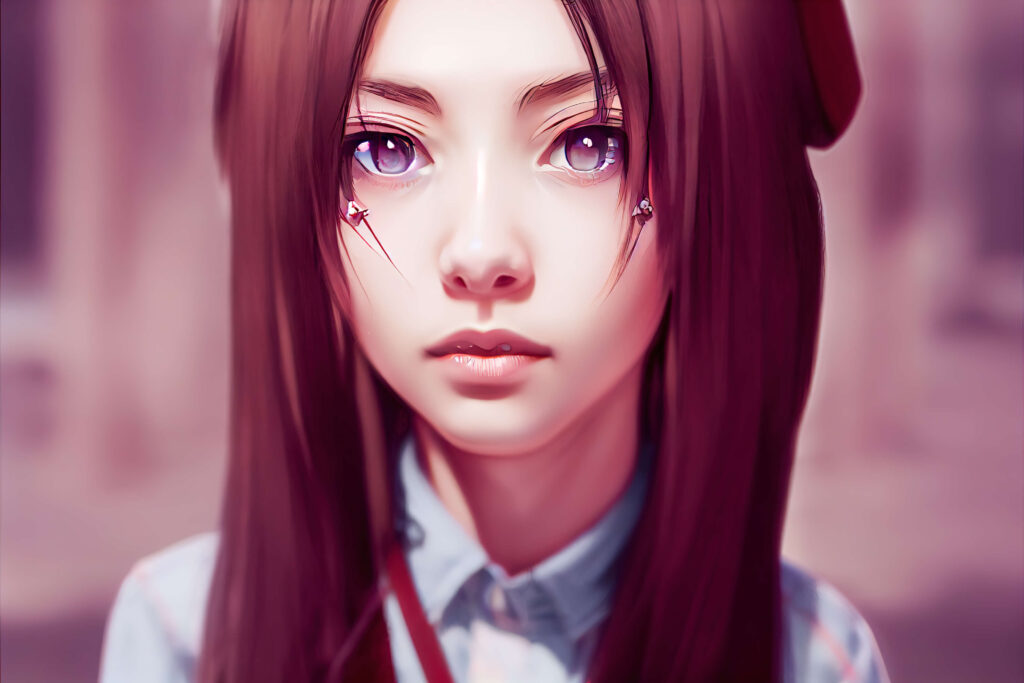
When it comes to specific examples and popular titles that feature bondage themes or characters in anime and manga, several notable series stand out.
These examples showcase different approaches to bondage and its incorporation within their respective narratives.
One iconic series known for its bondage-inspired outfits and themes is “Neon Genesis Evangelion”. The character Rei Ayanami is frequently depicted wearing a tight-fitting plug suit with straps and restraints, symbolizing her connection to the powerful mecha units she pilots. These visual elements add an intriguing aesthetic and contribute to the overall psychological and symbolic depth of the series.
Another notable series is “Attack on Titan,” where the character Annie Leonhart is restrained and held captive in restraints resembling bondage gear. The scenes involving her confinement contribute to the tense and dramatic atmosphere of the story, highlighting power dynamics and the struggles faced by the characters.
In the series “Highschool of the Dead,” one of the main characters, Saeko Busujima, is seen using a rope as a weapon and displaying skills inspired by Japanese rope bondage techniques known as Shibari. This fusion of bondage elements with action and survival themes adds a unique twist to the series.
“Shimoneta: A Boring World Where the Concept of Dirty Jokes Doesn’t Exist” explores a dystopian world where explicit and sexual content is strictly regulated. In this series, bondage themes are utilized for comedic effect, with characters wearing bondage-inspired costumes as part of their resistance against censorship.
The manga series “Nana to Kaoru” focuses on the relationship between the main characters Nana and Kaoru, exploring their exploration of BDSM and bondage dynamics. The series delves into their evolving relationship and the emotional aspects of their exploration, highlighting themes of trust, consent, and personal growth.
It’s important to note that while these examples showcase the presence of bondage themes in anime and manga, the level of explicitness and the treatment of these themes can vary. Some series approach bondage in a more subtle or artistic manner, while others may delve into explicit and erotic depictions.
As with any form of media, it’s essential to approach these depictions with an understanding of their fictional nature and to respect the boundaries and consent of real-life individuals. Personal preferences within the fandom may differ, and it’s important to engage with these themes responsibly and with an awareness of one’s own comfort level.
Overall, these specific examples and popular titles demonstrate the diverse ways in which bondage themes are incorporated into anime and manga. From symbolic representations to comedic explorations or more explicit depictions, these elements add depth, intrigue, and a distinct flavor to the narratives, catering to specific audiences and exploring various aspects of power dynamics, relationships, and personal growth.
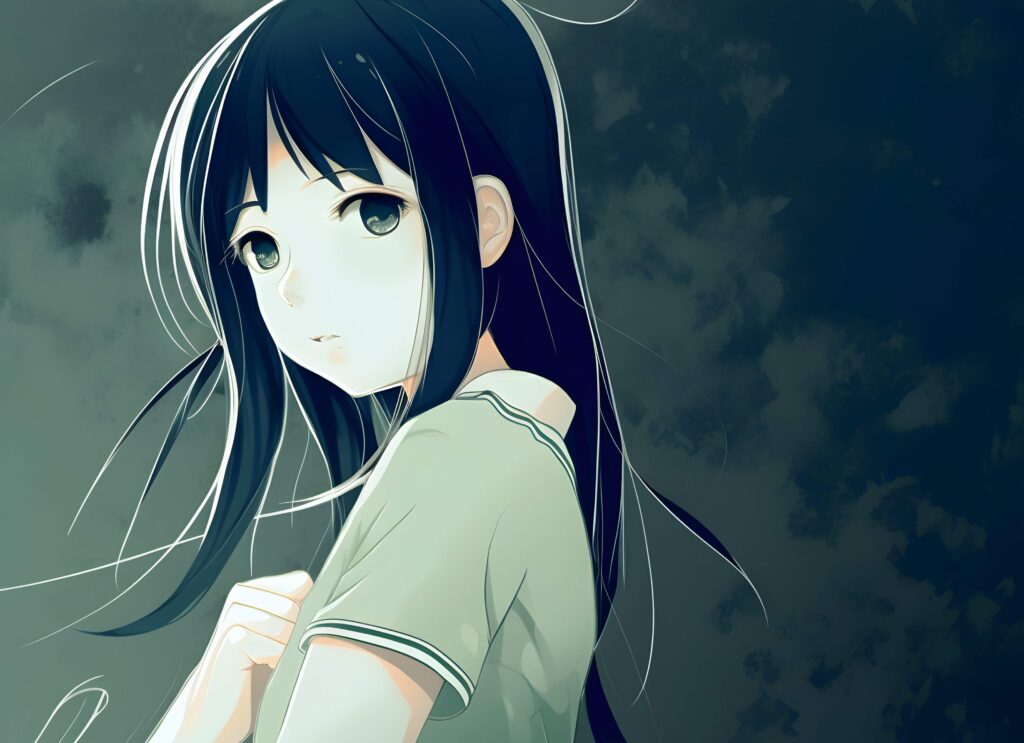
Themes and Symbolism
Anime bondage often encompasses various underlying themes and symbolism, adding depth and complexity to the narratives in which it is featured. Here are some common themes and symbolism associated with anime bondage:
- Power Dynamics: Bondage in anime can reflect power dynamics between characters. It can represent dominance and submission, control and surrender, or the exploration of power exchange within relationships. The use of restraints and bindings visually signifies the power dynamics at play and explores the psychological and emotional aspects of these relationships.
- Trust and Vulnerability: Bondage can symbolize trust and vulnerability between characters. The act of willingly submitting or restraining oneself requires a high level of trust between the participants. It allows characters to explore their desires, fantasies, and emotional connections, emphasizing the importance of trust and open communication within intimate relationships.
- Desire for Control: Bondage themes in anime often reflect characters’ desire for control or their willingness to relinquish control. It can symbolize a character’s need for structure, discipline, or the desire to experience new sensations and pleasures within a controlled environment. This theme explores the complexities of power and control in human relationships.
- Freedom and Escape: Interestingly, bondage in anime can also symbolize freedom and escape from societal norms or personal constraints. Characters may use bondage as a means of liberating themselves from their everyday lives or exploring aspects of their identity that they are unable to express freely in society. It serves as a form of escapism, allowing characters to break free from societal expectations and embrace their true desires.
- Emotional Intimacy and Connection: Bondage scenes often emphasize emotional intimacy and connection between characters. Through the exploration of trust, vulnerability, and power dynamics, characters can form deeper emotional bonds. The physical restraints and the act of submission or domination create a heightened sense of intimacy and closeness, enabling characters to experience profound emotional connections.
- Taboo and Forbidden Desires: Anime bondage can also tap into taboo and forbidden desires. It provides a safe and fictional space to explore fantasies and desires that may be considered socially unacceptable or taboo in real life. By depicting these desires in a fictional context, anime can challenge societal norms and push the boundaries of what is considered acceptable within the realm of storytelling.
Overall, the themes and symbolism associated with anime bondage offer a rich exploration of power dynamics, trust, vulnerability, emotional intimacy, and the complexities of human desires and relationships. It allows for the examination of taboo and forbidden desires within a fictional context, providing viewers with a platform to explore and reflect upon these themes in a safe and controlled environment.

Power dynamics, dominance, submission, and control are prevalent themes in anime bondage, as they play a crucial role in shaping the interactions between characters.
These elements are often depicted in various ways to explore the psychological and emotional aspects of relationships. Here is a closer look at how these dynamics are portrayed in anime bondage:
- Dominance: Dominance is typically represented by a character who assumes a position of control or authority over another character. This dominant character exerts power through physical restraints, verbal commands, or psychological manipulation. They take charge of the submissive character’s actions, choices, and pleasure, dictating the terms of the bondage scenario. The dominant character’s actions can range from gentle guidance to more assertive and forceful behavior, depending on the specific portrayal.
- Submission: Submission is the act of willingly surrendering control and power to the dominant character. The submissive character consents to the bondage scenario and willingly complies with the dominant character’s desires and instructions. This act of submission can provide a sense of liberation, escapism, or the exploration of personal desires and fantasies. The submissive character often finds pleasure in relinquishing control and embracing their submissive role.
- Power Exchange: Anime bondage explores the power exchange between dominant and submissive characters. It delves into the intricate dynamics of control, trust, and vulnerability within these relationships. The dominant character derives satisfaction from having authority and control over the submissive character, while the submissive character finds fulfillment in their submission and the trust they place in the dominant character. This power exchange creates a unique and intense dynamic that drives the emotional and sexual aspects of the bondage scenario.
- Control: Control is a central element of anime bondage, where the dominant character exercises control over various aspects of the submissive character’s experience. This can include controlling their movements, pleasure, and even their physical restraints. The dominant character’s ability to dictate and control the submissive character’s actions and sensations heightens the intensity and dynamic of the scene. The control aspect of anime bondage often intertwines with trust, consent, and the exploration of limits and boundaries.
Overall, the exploration of power dynamics, dominance, submission, and control in anime bondage offers a platform to examine the complexities of human desires, emotional connections, and the negotiation of power within intimate relationships. It allows viewers to engage with these themes in a fictional context and explore the nuances of power dynamics in a controlled and consensual environment.
The impact of anime bondage on the broader anime community and its reception is a complex and multifaceted topic.
While some individuals within the community appreciate and engage with the portrayal of bondage themes in anime, others may have different perspectives and reactions. Here are some key points to consider regarding the impact of anime bondage on the anime community:
- Representation and Diversity: Anime bondage, like other forms of artistic expression, contributes to the diversity of content within the anime medium. It offers a range of narratives and character dynamics that explore human desires, relationships, and fantasies. This diversity allows for the representation of various experiences and interests within the anime community, catering to a wide spectrum of tastes and preferences.
- Fan Communities and Fandoms: Anime bondage has given rise to dedicated fan communities and fandoms that appreciate and engage with this specific aspect of anime. These communities often provide spaces for discussions, sharing of artwork, and exploration of related themes. They can foster a sense of belonging and connection among like-minded individuals who share an interest in anime bondage.
- Artistic Expression and Exploration: Anime bondage serves as a form of artistic expression and exploration within the anime medium. It allows creators to delve into complex psychological, emotional, and sexual dynamics while showcasing their artistic skills and creativity. The inclusion of bondage themes can add depth and complexity to storytelling, character development, and visual aesthetics.
- Taboo and Controversy: Anime bondage, like any form of sexual expression, can be a subject of controversy and taboo due to its explicit nature and potential to challenge societal norms and values. This can lead to mixed reactions and differing interpretations within the anime community and society at large. It is important to acknowledge that perceptions of anime bondage can vary significantly, and discussions surrounding its content should always prioritize consent, respect, and individual boundaries.
- Cultural Context and Interpretation: The reception of anime bondage within the anime community can also be influenced by cultural factors and individual perspectives. Different cultures may have varying attitudes and understandings of bondage and sexuality, which can shape the reception of such themes within the anime community. It is important to approach discussions and interpretations of anime bondage with cultural sensitivity and an open mind.
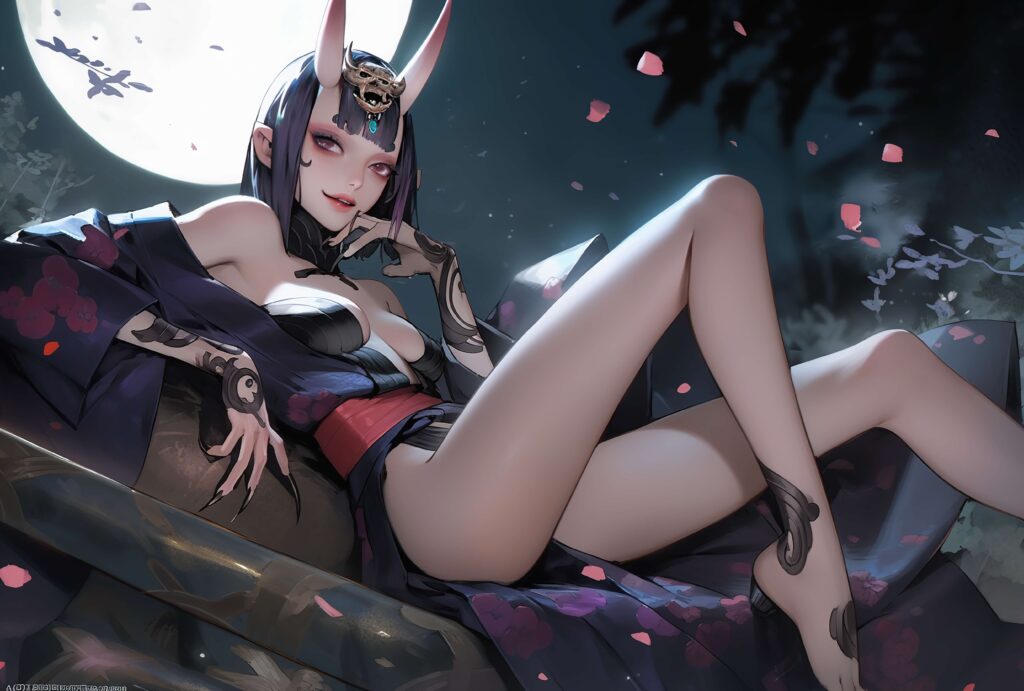
The portrayal of bondage in anime and manga has sparked various controversies and debates within the community and beyond.
Here are some key points to consider regarding the controversies and debates surrounding the portrayal of bondage in anime and manga:
- Consent and Boundaries: One of the primary concerns in the portrayal of bondage is the issue of consent and boundaries. Some argue that explicit depictions of non-consensual or coercive bondage perpetuate harmful narratives and contribute to the normalization of unhealthy power dynamics. It is important to distinguish between consensual and non-consensual portrayals and to prioritize narratives that promote healthy communication, consent, and mutual respect.
- Objectification and Fetishization: Another criticism often raised is the potential objectification and fetishization of characters in bondage scenarios. Critics argue that these portrayals can reduce characters to mere objects of desire and reinforce stereotypes. It is crucial to approach such depictions with a critical lens and to encourage narratives that prioritize the agency, autonomy, and complexity of characters.
- Misrepresentation and Stereotypes: Some debates center around the misrepresentation and stereotypes associated with bondage in anime and manga. Critics argue that these portrayals may perpetuate misconceptions about BDSM practices and the diverse range of individuals who engage in them. It is important to promote accurate and respectful representations that challenge stereotypes and provide a more nuanced understanding of bondage.
- Age-Appropriate Content: The explicit nature of bondage themes raises concerns regarding age-appropriate content and access to such material. Discussions often revolve around the need for clear content labeling, ratings, and responsible consumption to ensure that individuals of appropriate age have access to these materials and that sensitive content is not exposed to minors.
- Cultural and Social Perspectives: Controversies and debates surrounding the portrayal of bondage in anime and manga can also be influenced by cultural and social perspectives. Different societies may have varying attitudes and values when it comes to sexuality, consent, and power dynamics. These cultural nuances should be taken into account when engaging in discussions about bondage in anime and manga.
It is essential to foster open and respectful dialogues surrounding the portrayal of bondage in anime and manga.


